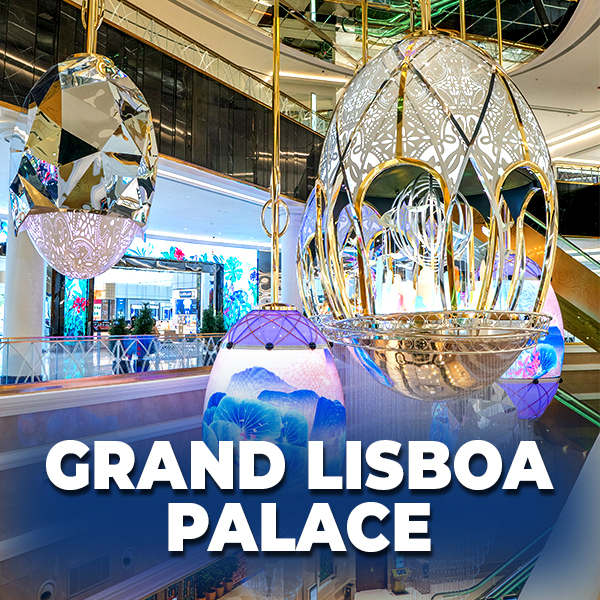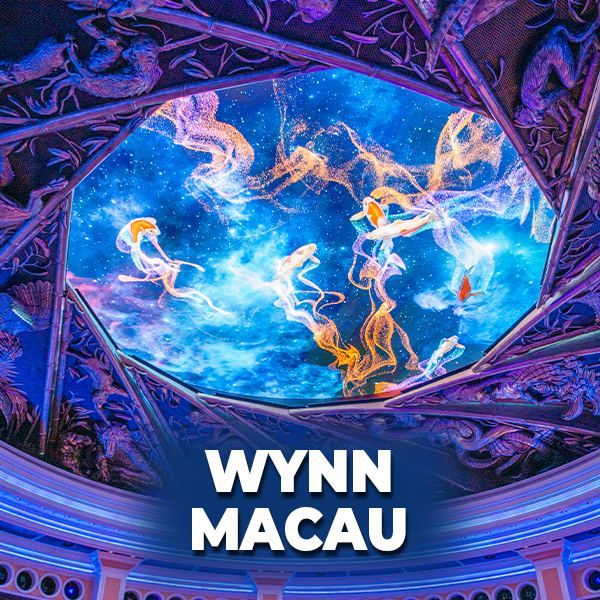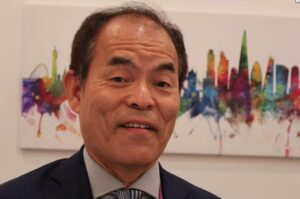
Unraveling the LED Pricing Puzzle: Factors Driving Price Increases
-
Brendan O.
- LED Display
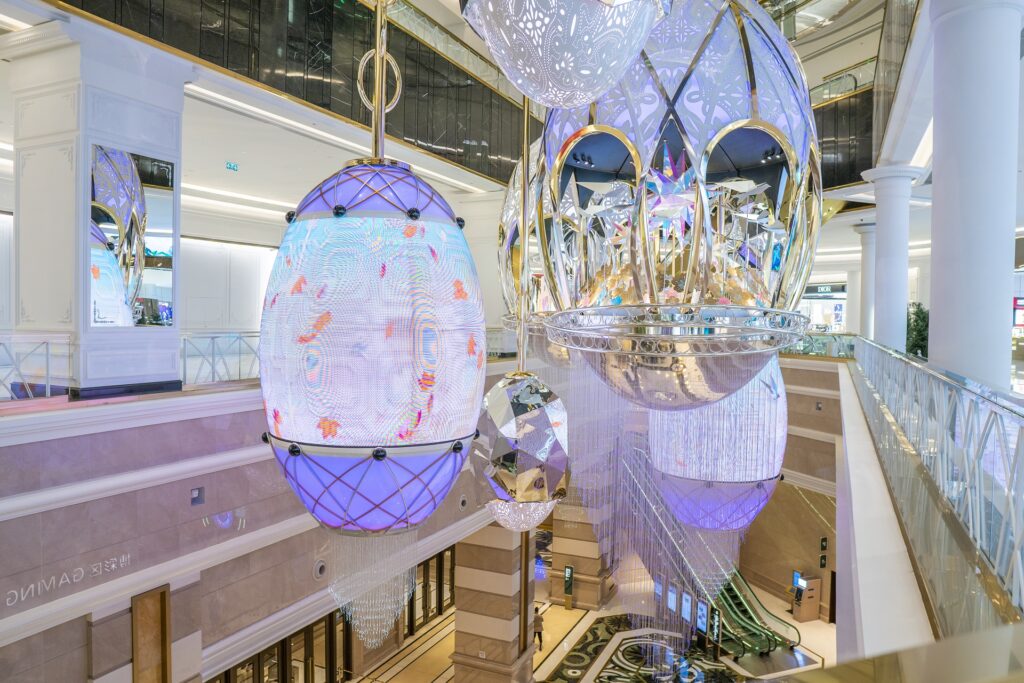
Shining a Light on the LED Industry: Unraveling the Logic behind Recent Price Increases
In early May, the LED industry witnessed a significant development as MLS Co., Ltd. boldly took the lead in announcing a price increase of 5% to 10% across its entire product line. This bold move sparked a domino effect, triggering widespread price increases throughout the industry, affecting players at every level.
Survey Reveals Price Hike Trends
A survey conducted by TrendForce sheds light on the intricacies of this price surge. It highlights how various LED manufacturers have approached price adjustments, with a focus on lighting LED chips in the upstream sector. Let’s delve deeper into the key findings:
Upstream Sector – Lighting LED Chips
Low-Power Lighting Chips (Area ≤ 300 mil²): The most significant price increases have been observed in this category, ranging from approximately 3% to 5%.
Specialized Chips: Certain specialized chips have experienced even more substantial price hikes, reaching up to 10%.
LED Display Products
Seventeen prominent manufacturers, including well-known package providers and LED display makers, have officially announced price increases for LED display products. The following companies have been part of this upward price trend:
Package Providers:
DSBJ
Ruisheng Optoelectronics
Kinglight
BMTC
The price hikes for these LED display products are estimated to be around 5% to 10%.
Exceptions to the Rule
While most companies have embraced the price increase trend, some players have opted for a different approach:
Price Reductions
Nationstar: The package manufacturer has lowered the prices of certain RGB products by 3.5% to 11.5%.
Secondary Price Increases
Intriguingly, certain package providers and display companies have implemented a secondary price increase for LED products, further adding complexity to the market dynamics. MLS, and DSBJ are among those involved in this secondary price adjustment.
The Industry-Wide Impact
With players from the upstream, midstream, and downstream sectors actively participating in this pricing evolution, the LED industry has been set ablaze by a new round of price increases.
But what does this signify for the sector as a whole?
Could this be an indicator of the industry’s resurgence from a recent low point, hinting at a promising new growth cycle?
Let’s Discuss “THE WHY ELEMENTS”
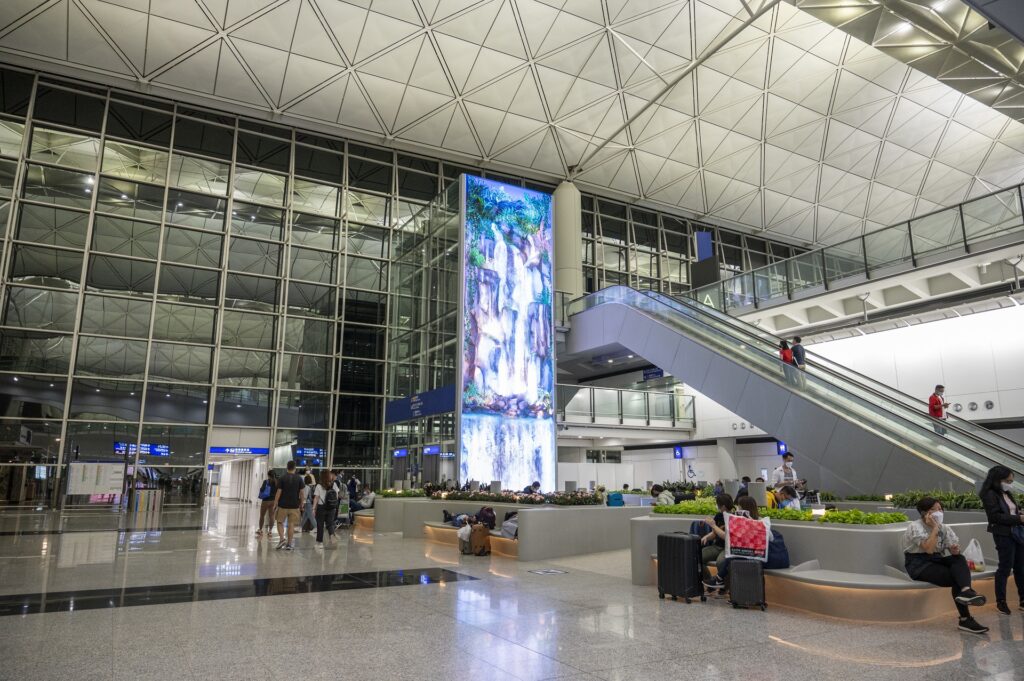
#1. Increase in Raw Material Prices and Decrease in Product Prices: Unraveling the LED Industry's Price Dilemma
As the LED industry grapples with challenging market conditions, manufacturers have found themselves in a complex conundrum. A sharp drop in global end-market demand for LEDs in 2022, combined with sluggish performance in the LED lighting and LED display segments, triggered fierce competition among players. The response was a wave of heavy discounts aimed at reducing inventory levels and staying afloat.
Supply Chain Imbalances: A Global Challenge
In recent years, various industries have struggled with supply chain imbalances, a result of macroeconomic conditions, geopolitical tensions, and numerous other factors. These imbalances have given rise to material shortages and continuous cost increases, putting immense pressure on suppliers worldwide.
Factors Behind the Price Hikes
In their candid price increase letters, LED manufacturers cited two primary factors behind the surge in prices: fluctuating raw material prices and a consistent decline in prices of business-oriented LED products. Let’s delve into the key reasons for the industry’s decisive move towards price adjustments:
- Fluctuation in Raw Material Prices
LED packaging component suppliers, such as DSBJ, have endured significant challenges. The price of LED chips has been on a continuous decline since early 2022, leading to operational difficulties. To maintain the production of high-quality products and better services, DSBJ made the bold decision to raise its product prices.
- Cost-Price Inversion
BMTC, another key player in the industry, found itself raising delivery prices for certain products due to increased costs in chips, materials, and labor. Ruisheng Optoelectronics, too, faced the tough reality of continuous product price declines over the past year while grappling with rising commodity expenses. This “cost-price inversion” phenomenon had a severe impact on the industry chain, putting manufacturers under immense financial strain.
LED Display Makers React to Upstream Changes
The price hikes in the upstream packaging and chip sectors sent ripples downstream, prompting LED display makers to adjust their product prices accordingly. A prominent LED display manufacturer, witnessed the rising supply costs of major upstream raw materials, primarily semiconductor chips and LEDs. As a result, the manufacturing costs of their LED display products experienced a relentless surge.
Short-Term Strategies Yield Little Fruit
Faced with the volatility of end-market demand, LED companies attempted to weather the storm by implementing price reductions and promotions. However, these short-term strategies failed to bring about significant positive impact and further squeezed their profits under the relentless fluctuation of raw material prices.
What Does This All Mean?
The LED industry’s price dynamics have been shaped by a delicate interplay of factors. As raw material prices continue to fluctuate, manufacturers are forced to grapple with the pressure of reducing product prices amidst fierce competition.
Despite adopting temporary strategies to maintain operations, the industry has come to realize that a more decisive approach is necessary to secure stability and sustainability.
As we move forward, it remains crucial for players in the LED sector to closely monitor market shifts, innovate, and adapt to the ever-changing landscape to thrive in this dynamic industry.
Next, we continue our exploration of the LED industry’s journey, seeking deeper insights into the logic behind these price increases and the potential road ahead.
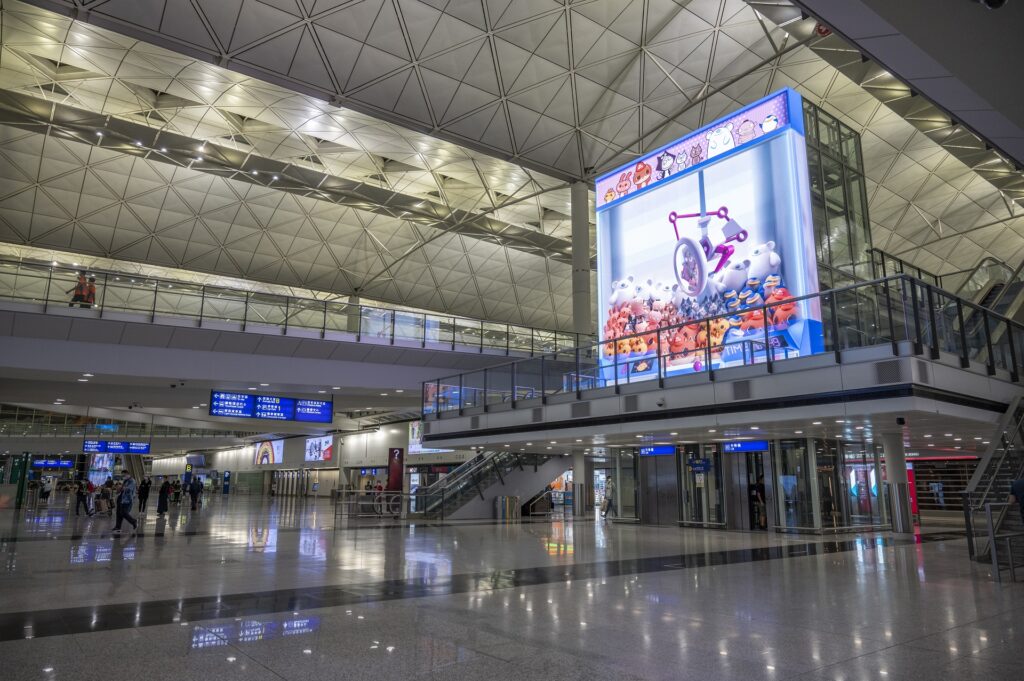
2. Sluggish Market Puts Pressure on LED Suppliers: The Price Increase Imperative
As the LED industry faces a challenging economic climate, the traditional strategies of price reduction fail to provide adequate protection for most LED companies amidst declining demand. Recent data paint a somber picture, revealing the extent of the industry’s struggles:
- Diminished Growth Figures
In 2022, only 63 out of the 140 LED-related companies managed to achieve year-on-year revenue growth, representing a mere 45% of the total. Similarly, 60 companies experienced year-on-year net profit growth, accounting for just 42.86% of the total number of companies. The dismal performance across the sector has been evident, and the numbers reveal the depth of the challenge at hand.
- LED Display Sector Struggles
Despite a swift recovery of overseas market demand in 2022, the LED display sector in China remained stagnant, leading to reduced revenue and net profit for most companies. The domestic demand slump weighed heavily on the industry, creating a downturn that affected players throughout the supply chain.
- LED Lighting Sector Downturn
The LED lighting market faced its share of hardships as well. A combination of factors culminated in a 5% drop in the global LED lighting market size in 2022, shrinking to $61.4 billion compared to the previous year. The market’s downward trend signaled a challenging landscape for LED lighting companies.
Chain Reaction Impacts Midstream and Upstream Players
The sluggish downstream demand had a cascading effect, reverberating through the midstream and upstream segments of the industry. Companies involved in LED chip production and packaging experienced a decline in revenue and profit, reflecting the overall downturn. Notable examples include chipmakers like Changelight, Jiangsu Azure Corporation, and Focus Lightings in the upstream segment, as well as midstream package suppliers like DSBJ, Nationstar, and MLS.
Supply-Demand Mismatch in Upstream Sector
TrendForce’s research highlighted a crucial aspect: a decrease in end-market demand led to lower utilization rates of LED chip production capacity in the upstream sector, causing oversupply and continuous price declines. In 2022, the global LED chip output experienced a staggering 23% annual decline, amounting to just $2.78 billion.
Packaging Market Struggles
The LED packaging market size also faced significant challenges in 2022, contracting by 19% from the previous year to $14.2 billion. The LED lighting packaging segment was hit the hardest, indicating the severity of the industry-wide downturn. The LED display packaging segment saw its market size shrink by 16% year-on-year, a direct consequence of price drops and reduced downstream orders.
Hope Amidst Uncertainty
As 2023 commenced, the world began to return to a semblance of normalcy. However, the first quarter showed that several LED companies still grappled with performance decline. Out of 128 listed LED-related companies that announced their earnings for 1Q23, only 41 managed to achieve year-on-year revenue growth, while 57 saw year-on-year net profit growth, making up just 32.03% and 44.53% of the total, respectively.
The Imperative of Price Increase
Despite the lingering challenges from 2022 to the first quarter of 2023, some LED companies have decided to take an unconventional approach—raising product prices. The decision to increase prices may seem counterintuitive at first, but it serves as a strategic move to return these manufacturers to a relatively normal state of operation. By reducing the negative impact of raw material price fluctuations and enhancing profitability, LED companies can continue delivering high-quality products to their customers while fostering a healthier and more competitive industry landscape.
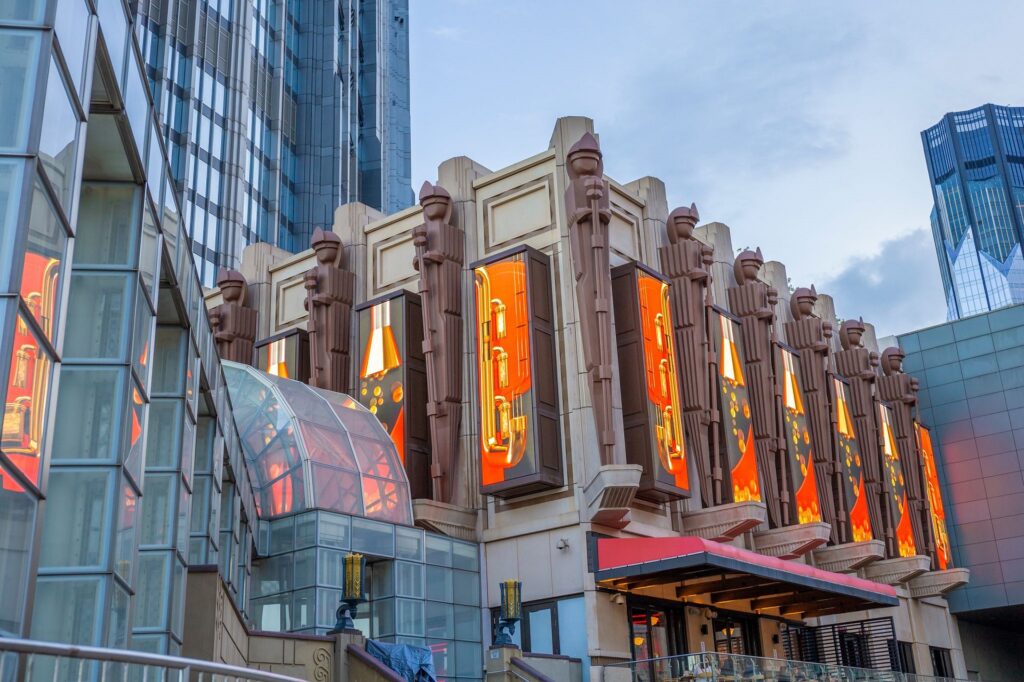
#3. Demand Returns with the Rise of New LED Applications
Amidst the decline in corporate profitability, the LED industry finds renewed hope as market demand makes a triumphant return. 2023 marks a turning point, witnessing a gradual recovery, especially in the LED lighting market, where demand has experienced a noticeable upswing.
Commercial Use Sparks LED Lighting Growth
TrendForce’s meticulous analysis reveals that commercial applications have been the primary drivers of growth in the LED lighting market. The industry has emerged from a prolonged slump, with small and medium-sized businesses exiting the scene due to challenging conditions since 2018. In response, some conventional lighting suppliers have deftly transitioned towards high-margin markets like displays, leading to a supply reduction and lower inventory levels.
With a significant number of global LED lighting chip suppliers based in China, the Chinese market served as the catalyst for the initial price increase in low-power lighting chips. For businesses, this short-term measure represents an opportunity to boost profitability. However, on a larger scale, companies are working to restore equilibrium by adjusting the supply-demand balance and enhancing industry concentration.
New Horizons: Emerging LED Applications
Beyond supply shortages and market recovery, the LED industry finds vitality through the rapid rise of emerging applications in both lighting and displays. The continual improvement in LED performance and cost efficiency, alongside the optimization of Mini LED/Micro LED technologies, paves the way for companies to explore a plethora of niche markets.
Innovative LED Lighting Applications
In the LED lighting sector, various segments are thriving with tremendous potential for application, including:
- Horticultural Lighting: Boosting agricultural productivity with tailored LED lighting solutions.
- UV Lighting: Advancing sterilization and disinfection applications in various industries.
- Smart Lighting: Enhancing user experience with intelligent and adaptive lighting solutions.
- Human-Centered Lighting: Prioritizing human health and well-being through thoughtful lighting designs.
- Automotive Lighting: Riding the wave of the CASE automotive trends and domestic production needs.
Revolutionary LED Display Applications
In the LED display arena, an array of novel applications is sparking the industry’s growth:
- xR Virtual Production: Pioneering immersive experiences with extended reality technology.
- Glasses-Free 3D: Redefining visual content consumption with captivating three-dimensional displays.
- All-in-One Machines: Offering seamless integration and versatility in display applications.
- Cinema Screens: Elevating cinematic experiences with cutting-edge LED screens.
- Rental Displays: Facilitating dynamic event and exhibition setups with flexible rental options.
- Transparent Screens: Redefining retail and architectural displays with transparent LED technology.
- Flexible Displays: Breaking barriers with bendable and adaptable LED display solutions.
Additionally, consumer electronics, including monitors, televisions, AR/VR glasses, and smart wearables, eagerly await further advancements in Mini/Micro LED technology to revolutionize their offerings.
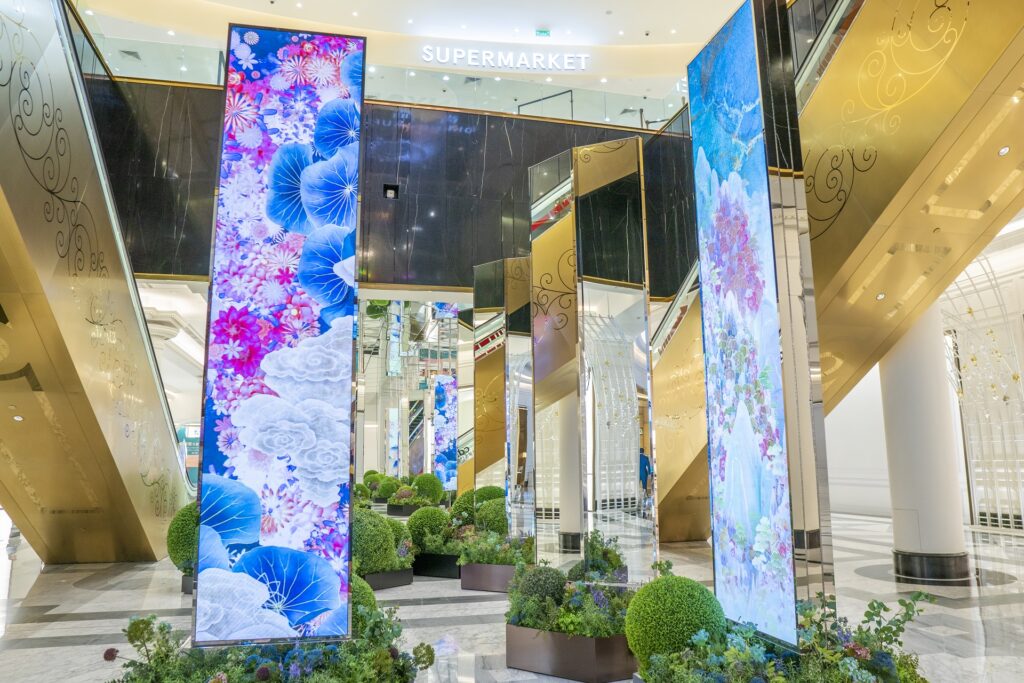
As the LED industry rides the wave of rising demand, driven by new applications and market recovery, the journey towards illumination and innovation is relentless. The interplay of price increases, demand resurgence, and cutting-edge applications is shaping the industry’s landscape, promising a brighter and more prosperous future for the LED sector. The stage is set for continuous exploration and advancement, as the LED industry shines on, illuminating the world with its brilliance.
Price Increase: A Reflection of Soaring LED Industry Demand
In the short run, the decision to increase prices in the LED industry is a response to the dual pressure that companies have been grappling with. The industry has experienced a downturn, while market competition has intensified. This, coupled with the impact of declining product prices and rising costs, has put considerable strain on LED companies’ performance. However, there’s a silver lining in this scenario. The gradual surge in market demand presents a valuable opportunity for LED companies to restore normal operations and foster a healthy market environment.
A Glimpse into the Medium Term
Zooming into the medium-term horizon, the price hike unveils companies’ confidence in the sustained recovery of LED demand in the future. Despite the complexities of the international landscape and prevailing weak macroeconomic conditions, both Chinese and global markets have exhibited relative stability, diverging from the past three years’ turbulence. This growing stability augments the likelihood of a continued rise in LED industry demand for the latter half of this year and the following two to three years.
Long-Term Perspective: Embracing LED Technology Advancements
In the long term, the price increase showcases companies’ optimistic outlook on further expanding LED technology applications. Currently, LEDs find prominent use in lighting, displays, and backlights, and they hold a significant competitive edge over other technologies in these sectors. Moreover, as performance and cost continue to improve and Mini/Micro LED technology emerges, LEDs are set to accelerate their penetration into diverse applications.
Unlocking the Future Potential
While the verdict on whether this price increase signals the LED industry’s entry into a new growth cycle remains elusive, one thing is clear – LED companies perceive this adjustment as a necessary step for their current and future development. With growing public awareness of environmental and energy efficiency concerns, the LED market is poised for sustained expansion. To thrive in this burgeoning landscape, LED businesses must elevate their operational capabilities and product quality. Encouraging healthy competition within the industry is paramount to fostering innovation and progress. The key lies in promoting the sustainable development of the LED sector, as industry stakeholders eagerly await the dawn of an era marked by even greater demand for LEDs.
Conclusion: Illuminating the Path Ahead
As the LED industry embraces the upward trajectory of demand and technology advancements, it must navigate the dynamic landscape with astute foresight. By harnessing the surging market demand and aligning their strategies with the ever-changing needs of consumers and industries, LED companies can truly shine in this fast-evolving market. The future holds tremendous promise for the LED industry, but only those who adapt, innovate, and embrace the illuminating potential of LED technology will bask in the brilliance of a prosperous era ahead. As the industry unfolds its chapters of growth, one thing remains certain – the LED revolution is poised to illuminate the world in ways we have never seen before.
Brendan O.
Who We Are
Pledco is a global reputable LED display design, engineering and manufacturer from North America, with our very own state-of-the-art production factory based in Asia. We pride ourselves on being the leading manufacturer for custom LED displays & UHD LED screens to Fortune 500 companies in over 30 countries.
WhatWe Do
We bring visual creativity to life; continually pushing the endless possibilities. From transparent mesh curtains overlaying corporate skyscrapers, to LED-wrapped vehicles, to concave video walls in newsrooms, to outdoor digital signs composed of 3D shapes; if you can envision it, our LED engineers can design, engineer and manufacture it.
How We Do It
Client’s approach us daily with “impossible” projects in terms of production and integration. At Pledco we take your design concept and apply our world-class engineering to bring your idea to life. The art of custom LED display dances in the details, and our extensive experience with custom client projects is hard to deny.
Our Customized Projects

A global reputable LED display design, engineering and manufacturer based in North America, with our very own state-of-the-art factory based in Asia. We pride ourselves on being the leading manufacturer for custom design LED displays & Ultra High Definition LED screens to Fortune 500 companies in over 30 countries.




